Introduction
In the world of medical tube set manufacturing (IV, dialysis, blood collection, infusion), end users are not willing to pay top dollar for what is considered a ‘disposable’ piece of the process versus the pumps, therapies, plasma, etcetera. Therefore, it is imperative that production costs are minimized at the onset of a new product release and constantly being improved on mature products. This article will discuss how both the assembly equipment and your product consistency will have a significant impact on efficiency in achieving over 75% (world class) Cleanroom OEE and, therefore, an improved bottom line.
Assembly Approach
Minimize tube handling (folding) after coming off the supply reel and again once it is coiled into the final form factor
Polymer tubing in most cases starts as pellet type material that is melted and then extruded into its final form. The second to last process in tube forming is quenching in cold water. This quenching process, while necessary, leaves residual stresses in the tube that tend to be released while the automation process is trying to manipulate it into position, with the end result being loss of control at the worst possible time. The last process is winding the tube onto a spool for the purposes of storage and/or transport. In some cases, the raw material changes state over time and presents differently to the automation based upon when it was made, creating new trimming, insertion and coiling issues.
Awareness of solvent dispense options
The best approach to solvent/adhesive dispensing tends to be customer centric and driven by years if not decades of experience. Spoons, annular rings, even sponges are examples of traditional approaches to solvent application. Being aware of what options are available from your supplier is a good question to ask. Recent developments in time over pressure pump and valve technologies have delivered impressive results using dispense needles to drop solvent on the tube or component prior to insertion. Additionally, the drop can be easily detected to guarantee an acceptable bond versus older methods.
Feed systems suppliers used by the systems integrator
Do your homework on this one. Not all suppliers are created equal. Y-sites, drip chambers, and luers are not as easy to feed as one might think. A feed system will make or break the OEE for years to come. Ask for evidence of experience or draw on results from the past.
Tape or paper band location
Often the location of the paper band or tape is considered fixed per the drawing or specification supplied by the end users. The purpose of these bands is to keep the set in a form factor that will allow for quick and easy deployment of the set prior to use. The bands are quickly broken and discarded. If moving the location of the paper band or tape will simplify the assembly process, it is worth a conversation with your customer.
Cut and trim tube
The traditional approach for this process has been to incorporate a standard razor blade or tool steel knife into the system. These materials tend to wear out quickly and it can be difficult to ascertain when they are getting dull. This leads to poor cuts, stringers and debris which will produce captured (operator inspection) or uncaptured (the nurse finds it) rejects. The leading-edge technology is ultrasonic cutting. This cutting process is extremely clean, fast, and the blade life seems infinite.
Product Consistency
Tube diameter, ovality, and set
Whether you buy or make your tube in house, consistency is the key to success. Extruding tube is a bit of an art as the process parameters can be adjusted to compensate for incoming material variations, speed can be increased for more production throughput, etcetera. These changes will affect the final product dimensions and characteristics and present differently to the automation system. Automated systems do not like variation – they tend to be the best quality control mechanism in your plant:
- OD/ID at the spec limit will erode insertion efficiency
- Ovality will compromise insertion and the ability to grip the tube
- Tube ‘set’ or curvature will make it difficult to handle while inserting, folding or taping
Connector design lead-ins, molding tolerance versus tube tolerance
The same principles for tube consistency apply to any of the set components needed to complete the product. These might be molded in house or purchased from the outside as a commodity item. Tolerance compatibility between the tube and these components (from separate sources) is key to world class OEE.
It is also important for the automation supplier to communicate to you what features will be used to handle the components and whether they are quality controlled dimensions/tolerances or uncontrolled, industry standard molding dimensions/tolerances. If a tight tolerance is required on an uncontrolled feature, a conversation with the supplier is required to find out what type of tolerance to expect.
In summary
When choosing the right automation partner for your medical tube set manufacturing, and demonstrating ROI in your business case, you’ll want to consider experience, willingness to accommodate changes in your product, and willingness to work with consistent but possibly imperfect tubing.
If you have the need to automate your tube set assembly operation in order to increase your bottom line, please contact me at pnordin@atsautomation.com to discuss in more detail the advantages of our state-of-the-art equipment.
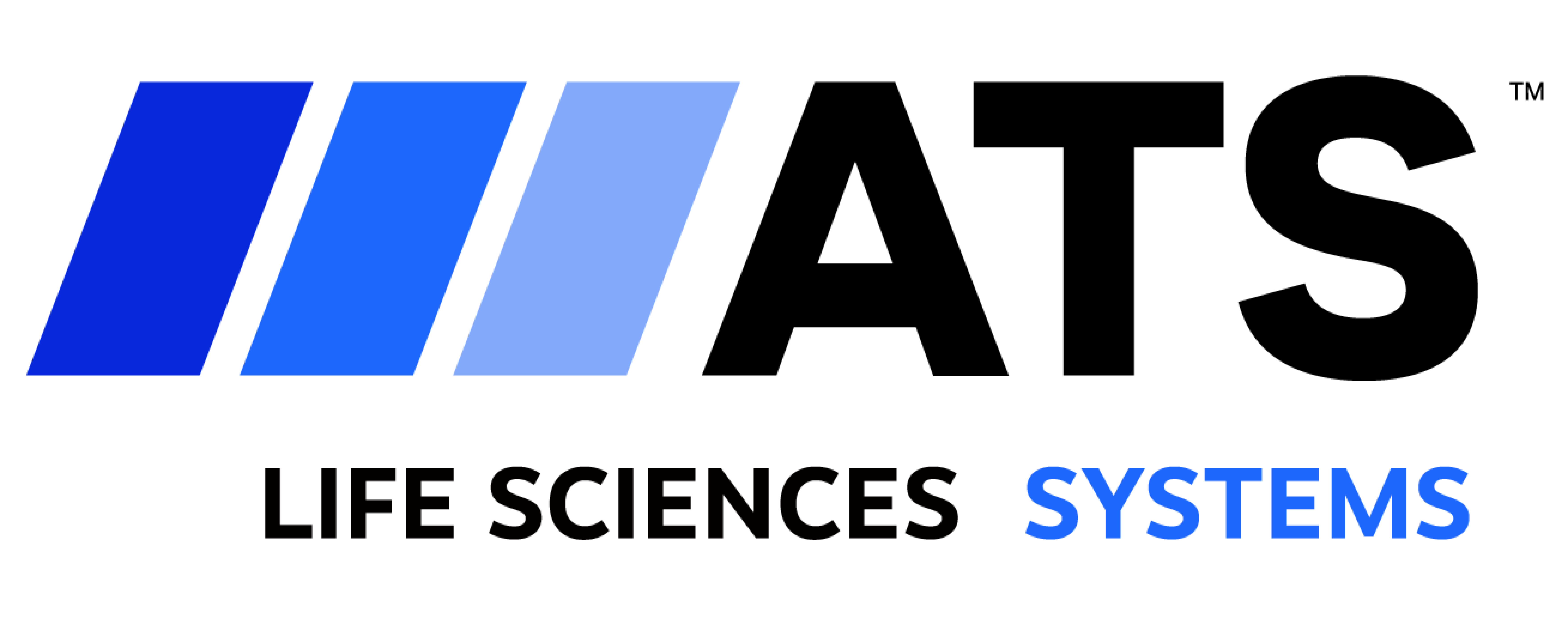

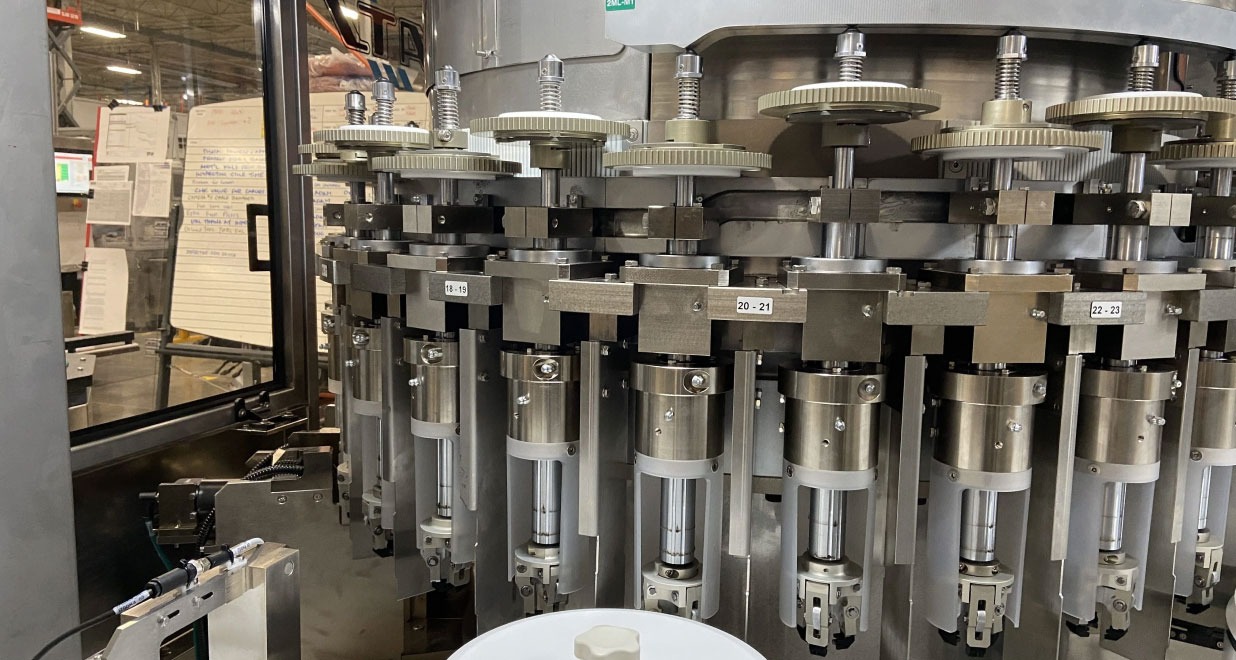
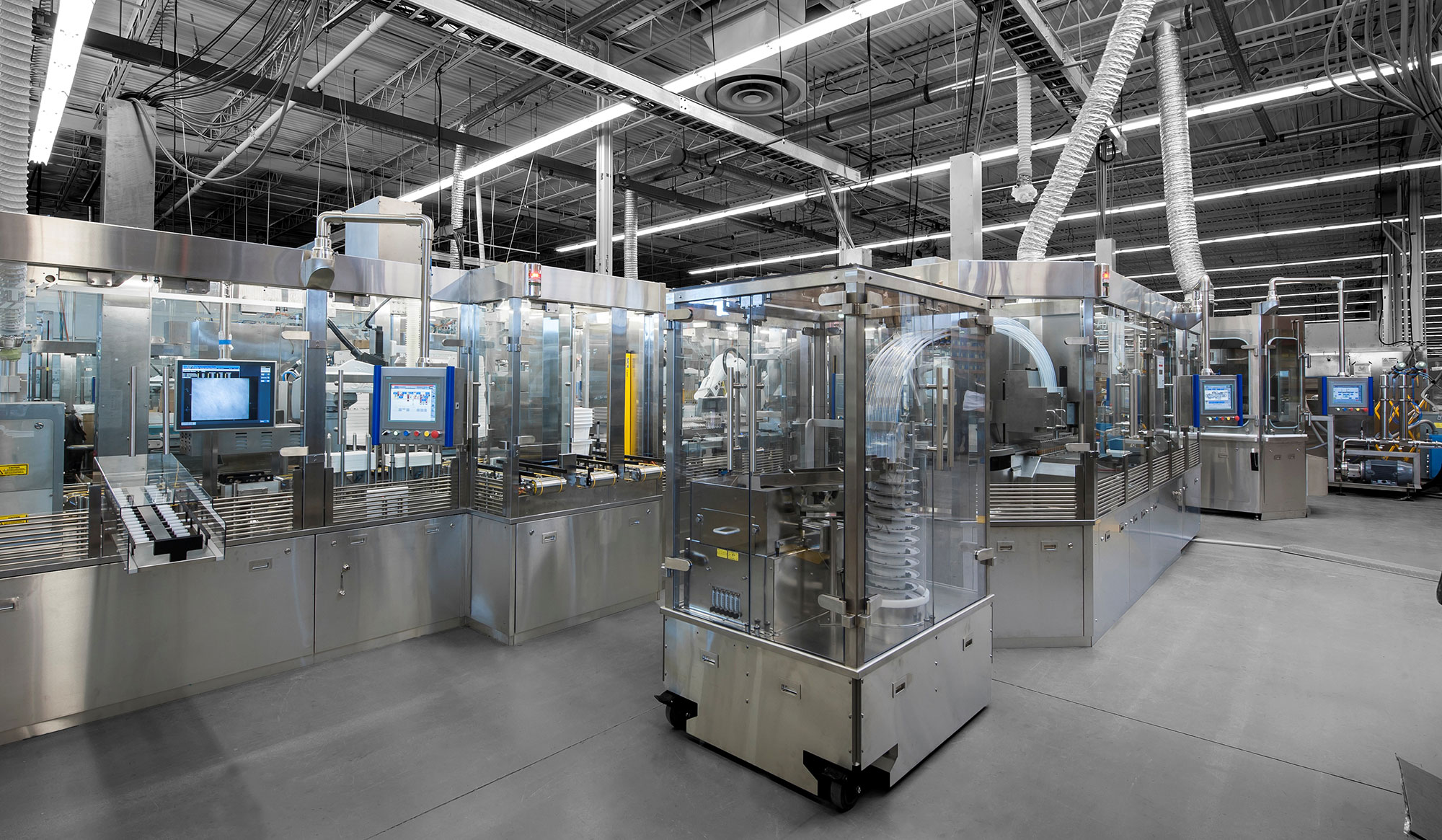





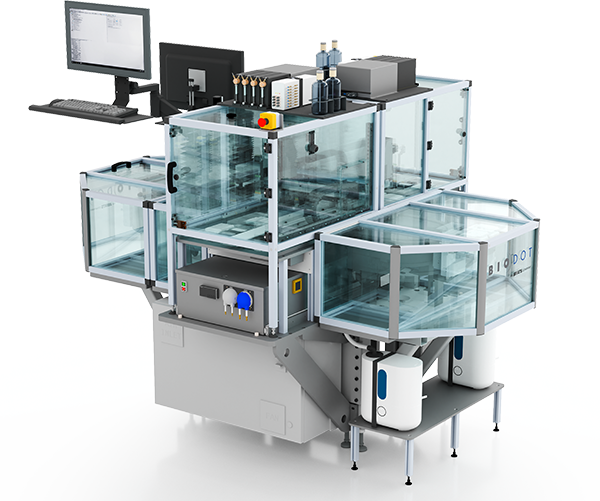

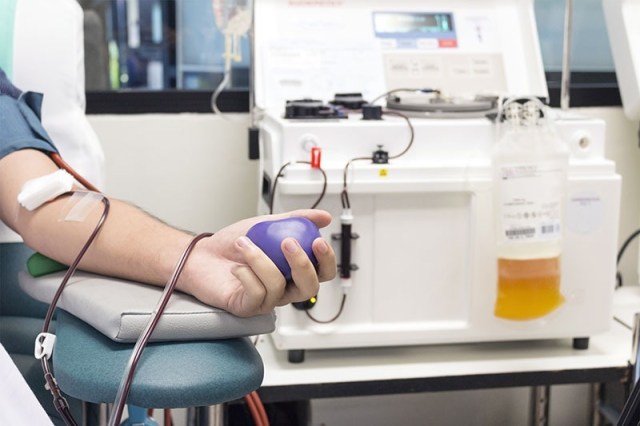



 Contact Us
Contact Us  Subscribe
Subscribe  LinkedIn
LinkedIn  Youtube
Youtube